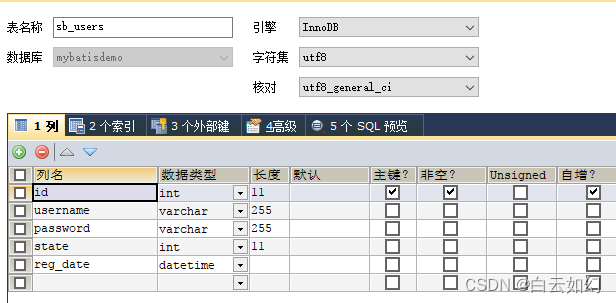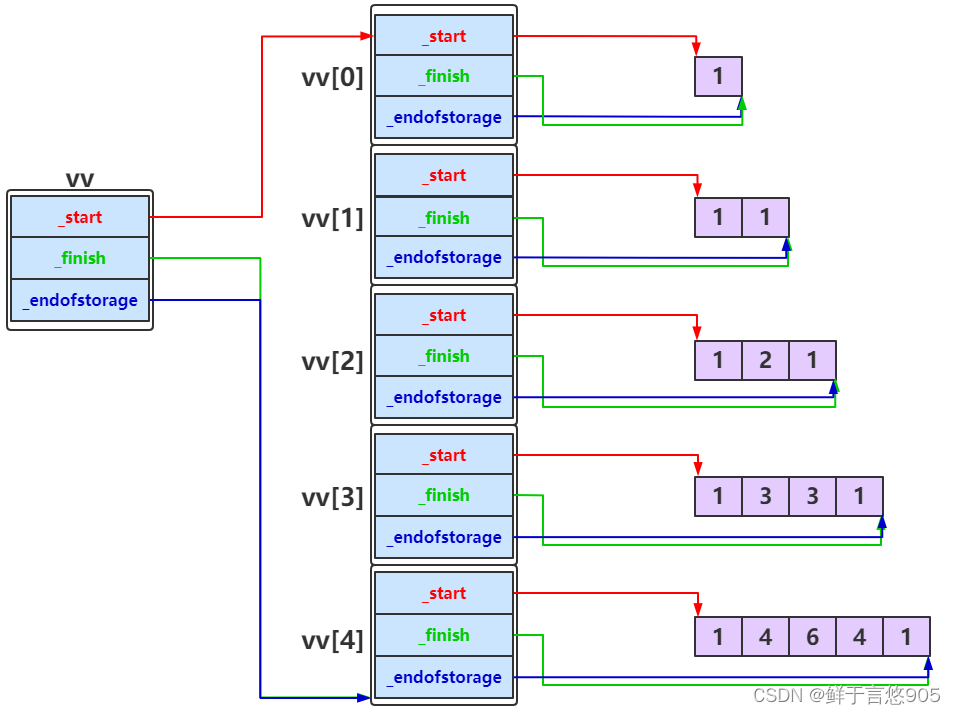van Emde Boas (vEB) 树是一种高效的数据结构,用于处理整数集合。它是由荷兰计算机科学家Jan van Emde Boas在1977年提出的。vEB树在处理整数集合的查找、插入、删除和迭代操作时,能够以接近最优的时间复杂度运行。vEB树特别适合于那些元素数量在某个较小的范围内的集合,即当集合中元素的数量 n n n相对于宇宙大小 U U U较小时( n ≤ U n \leq \sqrt{U} n≤U))。

1. 基本原理
vEB树的核心思想是将整数集合分成较小的子集合,每个子集合的大小不超过 s q r t U sqrt{U} sqrtU,然后递归地对这些子集合应用相同的方法。这样,每个子树的规模都保持在可控范围内,从而保证了操作的效率。
2. 结构组成
一个vEB树由以下部分组成:
- 活跃节点表(Active Table):存储当前树中所有活跃节点的索引。
- 静态树数组:对于每个活跃节点,都有一个对应的静态树,用于存储该节点下的所有元素。
3. 操作
vEB树支持的操作包括:
- 查找(Find):在树中查找一个特定的元素。
- 插入(Insert):将一个新元素插入树中。
- 删除(Delete):从树中删除一个元素。
- 最小元素(Min):找到树中最小的元素。
- 最大元素(Max):找到树中最大的元素。
4. 时间复杂度
vEB树的所有操作都以( O(\log \sqrt{U}) )即( O(\log U / \log \log U) )的时间复杂度运行,这比普通的二叉搜索树要快得多。
5. 伪代码
以下是vEB树的基本操作的伪代码示例:
5.1 查找操作
function find(vEBTree, x)
if x < 0 or x >= vEBTree.universeSize then
return null
end if
if x < vEBTree.rootMin then
return null
end if
for each i in vEBTree.activeTable
if vEBTree.staticTrees[i].find(x) then
return i
end if
end for
return null
end function
5.2 插入操作
function insert(vEBTree, x)
if x < 0 or x >= vEBTree.universeSize then
return false
end if
if find(vEBTree, x) then
return false // element already exists
end if
if x < vEBTree.rootMin then
vEBTree.rootMin = x
end if
if x > vEBTree.rootMax then
vEBTree.rootMax = x
end if
if size of vEBTree.activeTable is less than threshold then
add new static tree for x to vEBTree.activeTable
else
combine two smallest static trees in vEBTree.activeTable
add x to the combined tree
end if
return true
end function
5.3 删除操作
function delete(vEBTree, x)
if x < 0 or x >= vEBTree.universeSize then
return false
end if
index = find(vEBTree, x)
if index = null then
return false // element not found
end if
if vEBTree.staticTrees[index].delete(x) then
if size of vEBTree.staticTrees[index] is below threshold then
remove vEBTree.staticTrees[index] from vEBTree.activeTable
if vEBTree.rootMin is in vEBTree.staticTrees[index] then
update vEBTree.rootMin
end if
if vEBTree.rootMax is in vEBTree.staticTrees[index] then
update vEBTree.rootMax
end if
end if
return true
end if
return false
end function
6. C语言实现
由于篇幅限制,这里只展示vEB树查找操作的C语言实现示例:
#include <stdio.h>
#include <stdlib.h>
typedef struct vEBTree {
int universeSize;
int rootMin;
int rootMax;
struct vEBTree **activeTable;
int activeTableSize;
// Other necessary fields and functions
} vEBTree;
// Function prototypes
vEBTree* create_vEBTree(int universeSize);
int find(vEBTree *tree, int x);
int main() {
int universeSize = 50; // Example universe size
vEBTree *tree = create_vEBTree(universeSize);
// Perform operations on tree...
return 0;
}
vEBTree* create_vEBTree(int universeSize) {
// Implementation to create and initialize a vEBTree
}
int find(vEBTree *tree, int x) {
if (x < 0 || x >= tree->universeSize) {
return -1; // Element not found
}
if (x < tree->rootMin) {
return -1; // Element not found
}
// Iterate over activeTable and find x in the corresponding static trees
// Pseudocode provided above would translate into actual code here
return -1; // If element is not found in any static tree
}
7. 结论
vEB树是一种强大的数据结构,特别适合于需要快速查找、插入和删除操作的整数集合问题。它通过将问题分解成更小的子问题,并递归地解决这些子问题,实现了接近最优的时间复杂度。虽然在这里只展示了查找操作的C语言实现,但插入和删除操作的实现也是基于类似的原理。
由于篇幅限制,完整的C语言实现和更详细的解释需要更多的空间,但上述内容应该为理解vEB树的基本概念和操作提供了一个良好的起点。如果需要完整的实现代码,可能需要进一步的研究和开发。
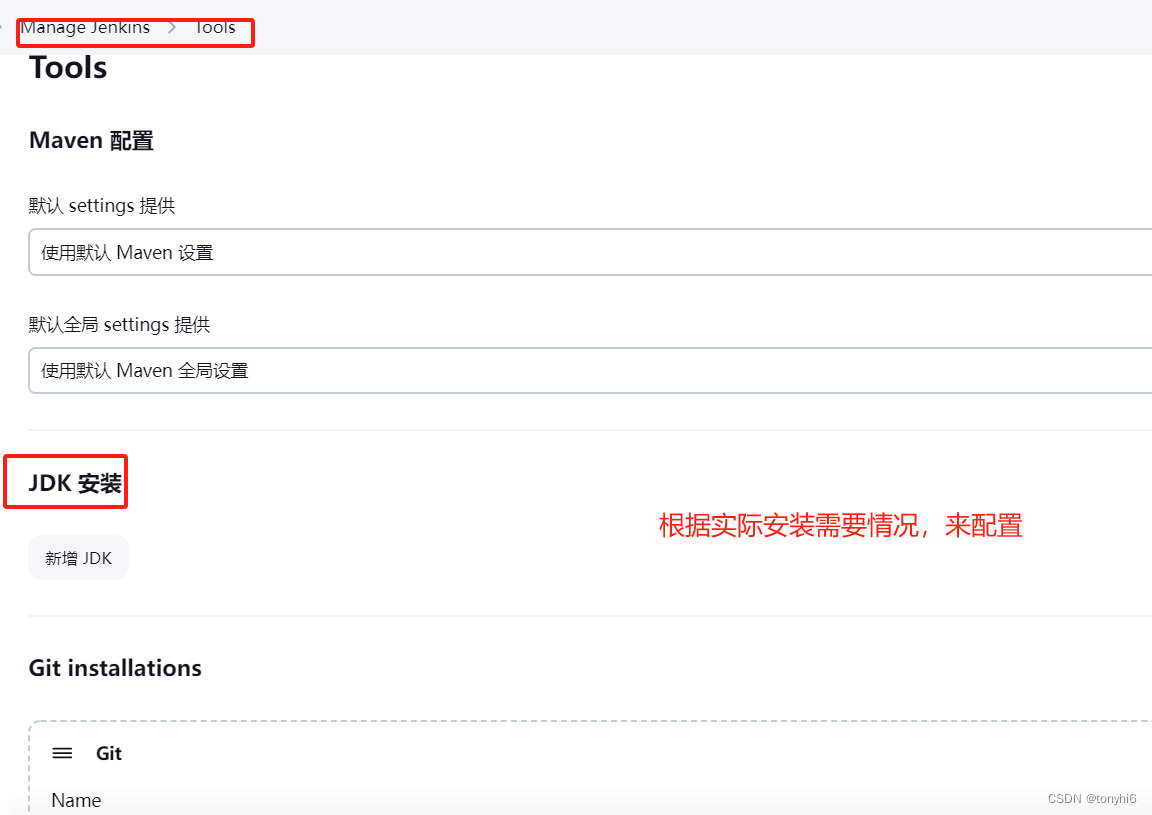
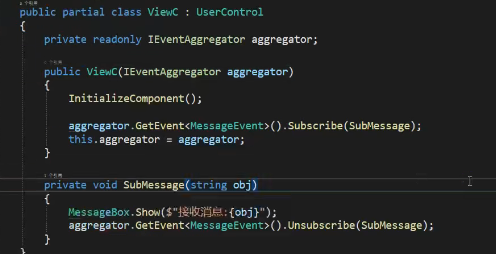


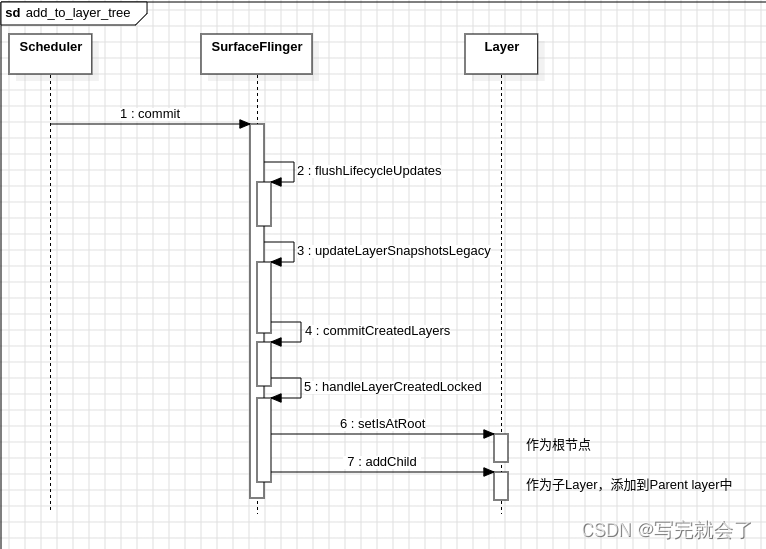

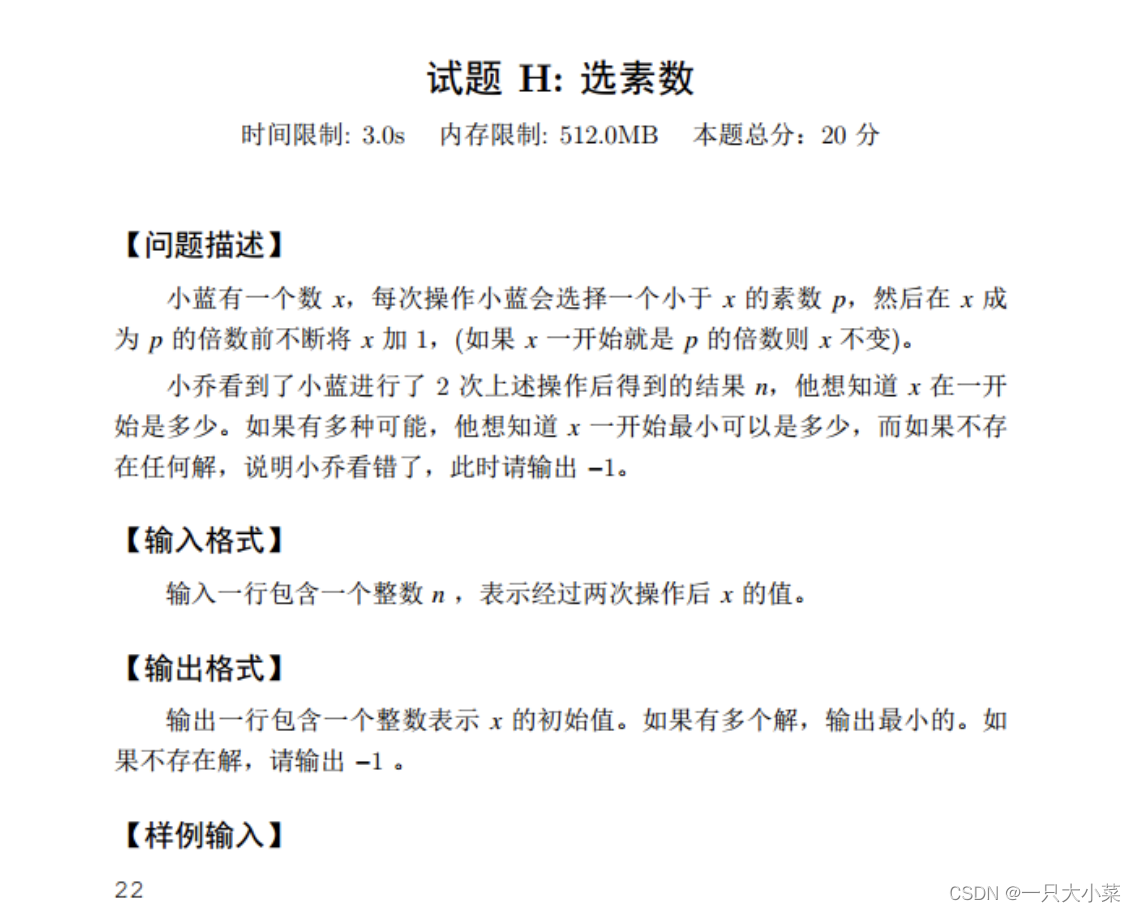
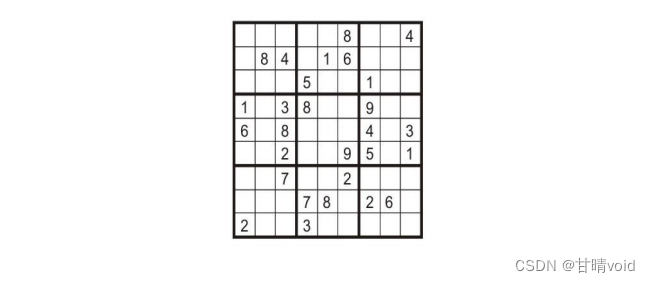




![[Kotlin]创建一个私有包并使用](https://img-blog.csdnimg.cn/direct/c2c510e486244c47a43bc8bd93c9ff65.png)



